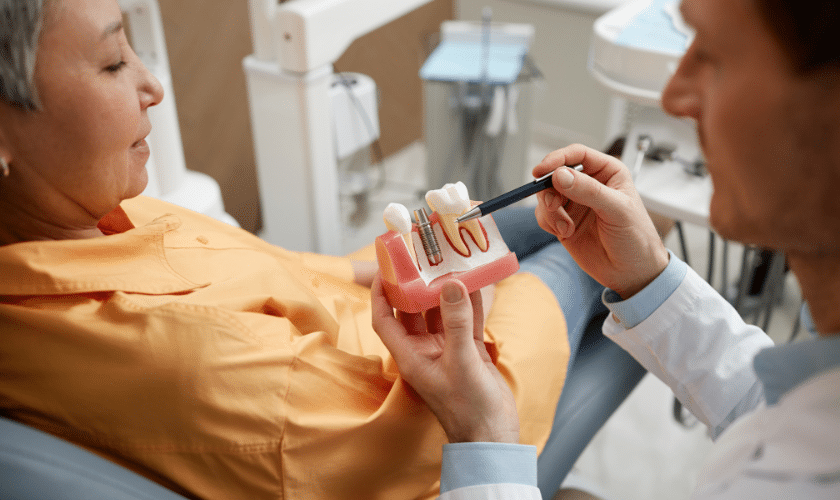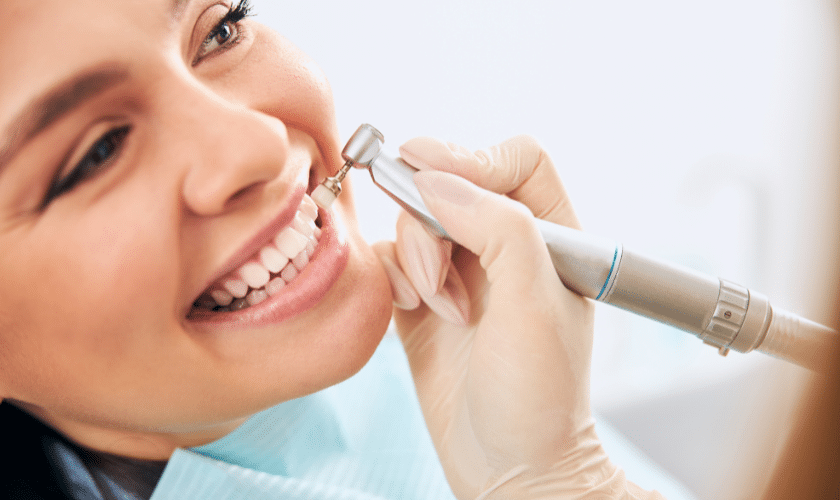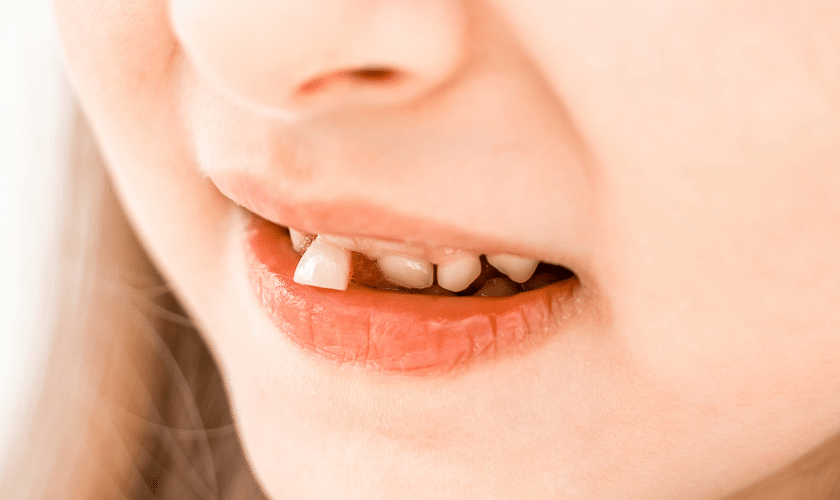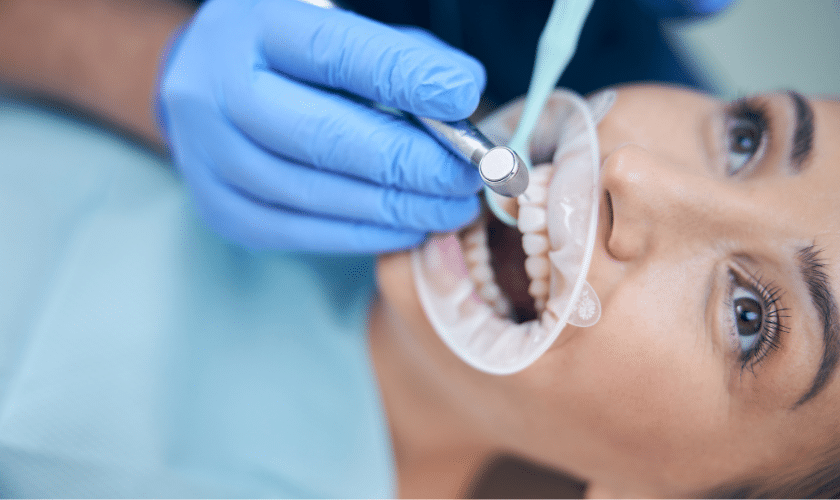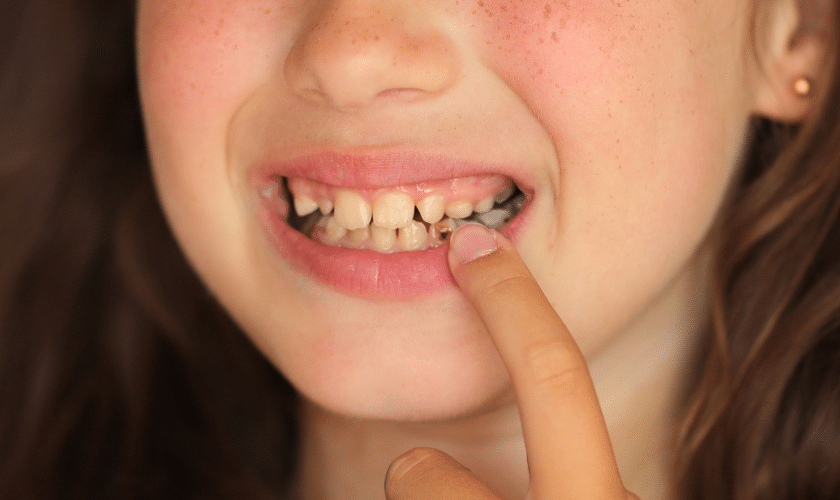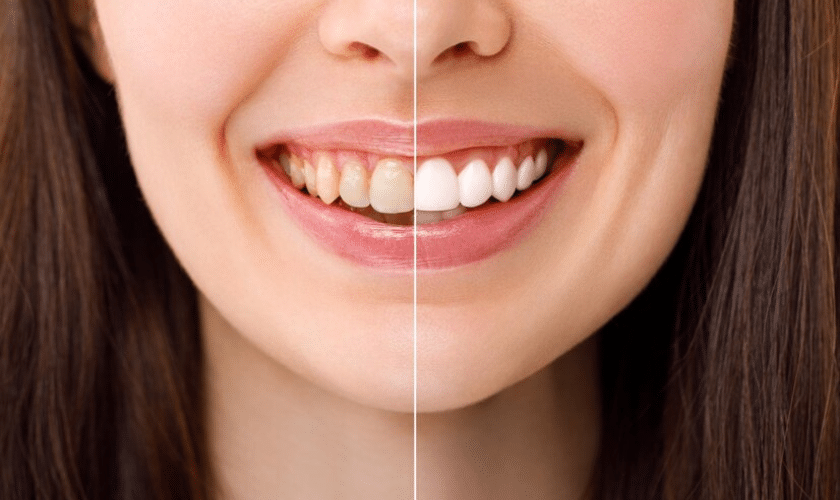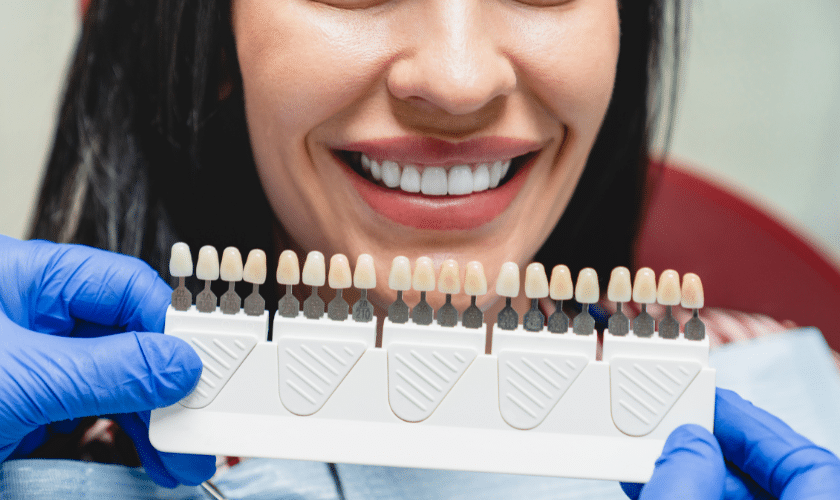Forgetting about the dentist isn’t an issue until there is pain, infection, or swelling. Preventive dentistry isn’t just cleaning. It’s avoiding problems before they are serious. Oak Park families tend to rack up dental bills that could have been completely avoided.
Toothaches, gum disease, and cavities can be expensive when you leave them unattended or diagnosed too late. Prevention is the way to significantly avoid misery, save time, and protect the family budget.
What Is Preventive Dentistry?
Preventive dentistry is all about keeping your teeth and gums healthy year-round. Regular cleanings, regular checkups, fluoride, and sealants are all preventive dentistry. The dentist will check for decay, gum disease, or bite problems on their visits.
This solution effectively keeps serious oral issues from ever happening. Preventive dentistry is healthy for children and adults of all ages throughout their lives. It significantly creates a strong foundation for smiles of any age.
The Financial Benefit of Preventive Care
A preventive dentistry examination costs far less than a root canal or crown. Emergency visits often include X-rays, anesthesia, and missed time off from work. Preventive dentistry effectively saves all of that.
Most insurance plans pay for preventive dentistry in full, like cleanings and yearly exams. Cavities diagnosed early are less expensive to fill than waiting until deeper, more painful decay.
Preventive dentistry effectively saves hefty bills and family money in the long term. Families who invest in preventive dental care save money on big procedures each year.
Time Saved By Acting Early
Prompt diagnosis of dental problems saves time in the chair later. Preventive dentistry leads to faster, more effective visits that don’t disrupt your life. Children lose less time from school when preventive treatment is routine and regular.
Parents can avoid panicked emergency visits to the dentist in Oak Park by staying on top of regular check-ups. Preventive dentistry effectively minimizes the need for multiple visits to fix complicated procedures. No one has time to waste hours fixing what preventive dentistry could have avoided.
Long-term Health Consequences
Gum disease immensely increases the risk of heart disease and complications of diabetes. Preventive dentistry helps with total health by reducing toxic bacteria in the mouth. Gum disease is linked with inflammation that affects total well-being and immune response. Routine preventive dentistry adds to the quality of life and helps eradicate chronic health hazards.
Clean, healthy teeth also add to confidence, speech, and nutrition in children and adults.
Being on Top of Preventive Care Tips
You have to brush twice daily with fluoride toothpaste to prevent cavities. Moreover, consider flossing once a day to remove hidden plaque and avoid gum inflammation. You can visit your dentist for professional cleanings and checkups every six months.
Make preventive dentistry a family habit to instill lifelong practice. Get children to the dentist early, so they have a good experience. Dental sealants and fluoride prevention shield young teeth from decay.
Preventive dentistry is cost-saving, health-protecting, and stress-free. Easy habits and frequent checkups effectively reduce the risk of pain or costly treatment.
Prioritize preventive dentistry in your family’s long-term well-being and savings. Book your preventive appointment with us today!




